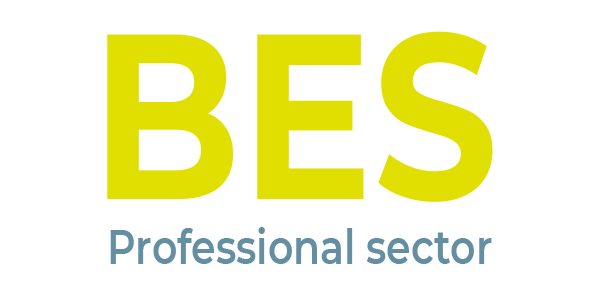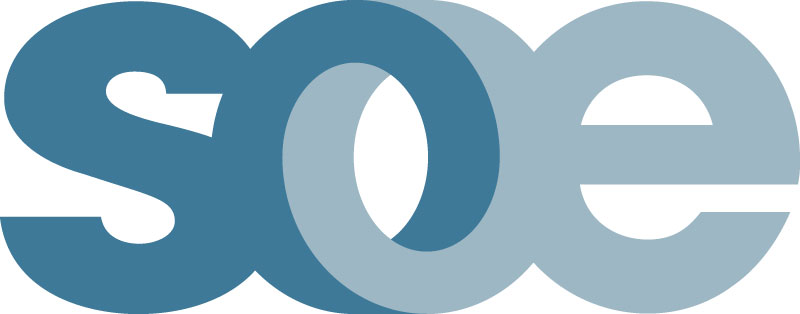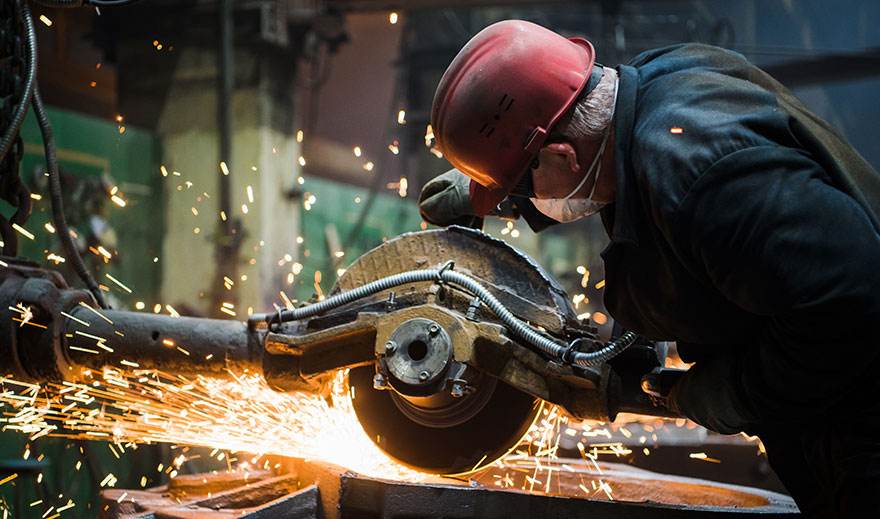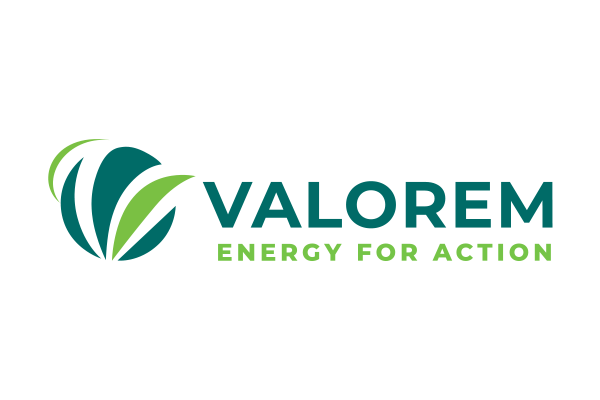Working at Height Equipment
Inspection & Testing
AV Inspections provide a professional working at height equipment inspection service for businesses and individuals who use this type of specialist equipment as part of their work. Our service ensures the safety of all employees, contractors and/or yourself when using dedicated equipment for working at height, providing full compliance with the ‘Work at Height Regulations 2005’. This inspection covers all aspects of fall protection and prevention equipment, such as safety lines, eyebolts, access headers, guardrails, walkways, and mobile man anchor.
The maximum inspection period for these assets is usually 12 months, with a recommended interim inspection every six months for fall arrest equipment. Regular inspections reduce the risk of accidents, incidents, and liabilities associated with work at height and is why we provide such a thorough inspection and testing service to ensure upmost safety. If you are in need of work at height inspection then please feel free to get in touch and we’ll be happy to explain our service in greater detail and provide a quote.

Work at Height Equipment Inspectors
What are ‘working at height equipment inspections’?
Working at height equipment inspection falls under the legislation “Work at Height Regulations 2005” (WAHR 2005) in the United Kingdom. These regulations were implemented to ensure the safety of individuals working at height, and they provide specific guidelines and requirements for the inspection and maintenance of equipment used for work at height. Therefore these types of inspections are a critical aspect of ensuring the safety of employees and contractors working at elevated positions in buildings – whilst also being a legal requirement. WAHR 2005 legislation mandates the regular inspection of fall protection and prevention equipment such as safety lines, eyebolts, access headers, guardrails, walkways, and mobile man anchors. In particular, WAHR 2005 states employers have a duty of care to provide suitable, stable, and strong equipment, as well as to regularly check and maintain it – and is why our inspection service is critical to the ongoing safety of all workplaces operating at height.
How often do I need work at height equipment inspection?
The frequency of inspecting and testing work at height equipment varies based on usage and the equipment’s environment. If the equipment is exposed to harsh conditions, such as a corrosive environment near the sea with saltwater exposure, or within a high-temperature, corrosive setting like a steel forging plant, more frequent inspections become necessary. Similarly, in workplaces with challenging conditions like exposure to paints, chemicals, grit blasting, or highly acidic or alkaline environments, the frequency of inspection should be increased.
It’s important to note that the WAHR 2005 guidance recommends a maximum interval of 12 months between inspections. However, it is the responsibility of the employer to determine the appropriate inspection frequency based on the specific conditions in which the work at height equipment is installed. Employers should conduct a comprehensive risk assessment to evaluate the potential deterioration of the equipment, ensuring that inspections are carried out before any safety concerns arise. This proactive approach helps maintain the safety and functionality of the equipment, safeguarding the well-being of employees and contractors working at height.
What is included in a working at height equipment inspection?
A work at height equipment inspection involves a thorough assessment of various components and aspects to ensure compliance with safety regulations and reduce risks associated with working at height. The primary reasons for conducting these inspections are safety and compliance with Work at Height Regulations (WAHR) 2005.
Safety
The safety of employees and contractors is the foremost consideration when inspecting work at height equipment. It is crucial to prevent falls from height, and this involves various safety measures. Workers should avoid working at height when possible, use the correct type of equipment, maintain safe distances to minimise fall consequences, and follow guidelines for avoiding falls.
Equipment Suitability
Duty holders must ensure that the right type of equipment is used for the specific task. The equipment should be suitable, stable, and strong enough for the job at hand. Regular checks and maintenance are essential to ensure the equipment’s reliability and safety.
Environmental Considerations
Inspection frequency depends on factors such as equipment usage and the environment in which it is installed or used. For instance, equipment exposed to corrosive environments like seaside locations with saltwater exposure may require more frequent inspections.
Compliance
Employers are required to comply with WAHR 2005, which mandates regular inspections of work at height equipment at appropriate intervals. Compliance ensures that the equipment remains safe and functional, reducing risks to both the business and workers.
Risk Reduction
Regular inspections and compliance with regulations reduce the risk of accidents and incidents associated with working at height. Employers should maintain proper records, and each piece of equipment should be certified with a visible tag indicating its fitness for purpose, inspection date, and the date of the next inspection.
Work at Height Equipment Testing
Prioritising safety and compliance through work at height equipment inspections is essential for employers. Utilising specialist partners such as ourselves demonstrates a commitment to employee and contractor safety above all else.
Contact Us
Firstly feel free to get in touch and one of our friendly team will be glad to answer any questions and provide a quote.
Inspection
Our inspection service will then be booked at a time that suits you and provides full compliance with WAHR 2005.
Certificate
Upon completion of our inspection, we will then provide you with a certificate of completion and any suggestions.
















